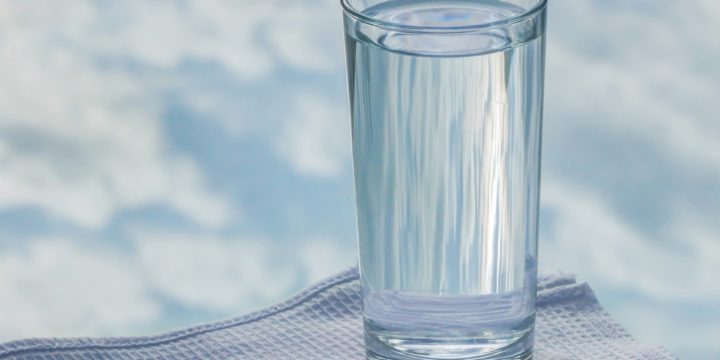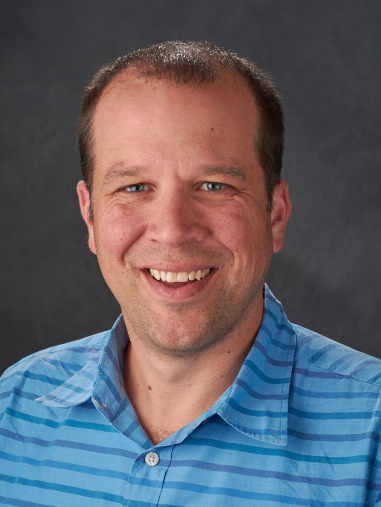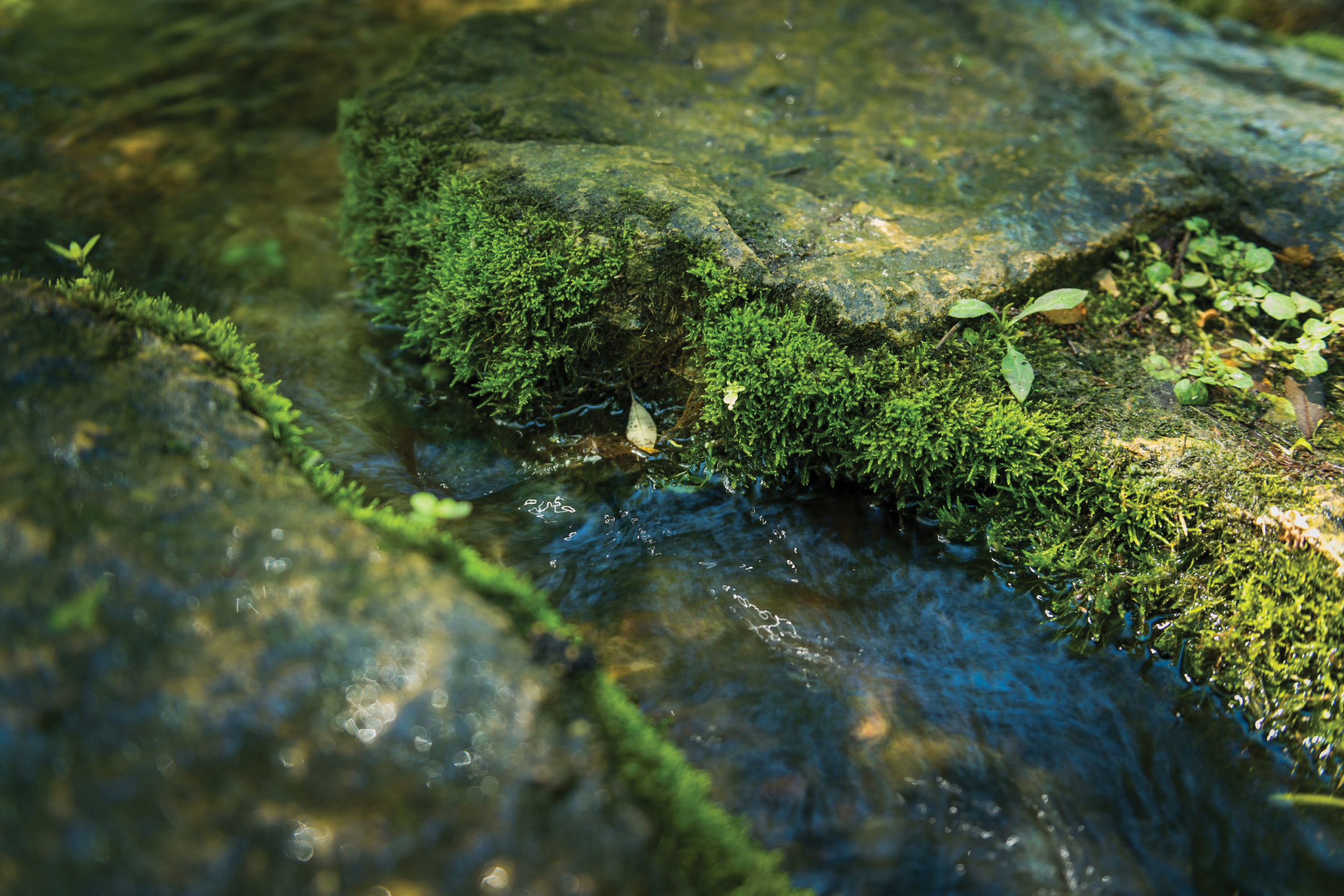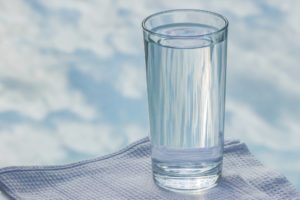
You take a seat at the table for a meal in Fond du Lac, Wisconsin, and may have a glass of water to accompany the entrée.
If you are University of Wisconsin-Madison Civil and Environmental Engineering Professor Matt Ginder-Vogel and graduate student Amy Plechacek, each with your tumbler full of water, you are turning to a different kind of table than a dinner table. You are at the periodic table of elements. You want to understand what’s in your glass; how the interactions between water and rock in Fond du Lac County might result in naturally occurring contamination of public drinking water wells and nearby private wells.
As part of a currently funded project through the University of Wisconsin Water Resources Institute, the pair has looked at municipal and well drinking water pumped from the Cambrian-Ordovician Aquifer System underlying parts of the Midwest, including this region of Wisconsin. In some locations it contains elevated Ra and Sr and can be affected by salinity, due to high concentrations of ions such as Ca, CI and SO42-.
For those us of who just want to tuck into that dinner in Fond du Lac and not strain to recall what’s on the periodic table, those initials stand for radium (Ra) and strontium (Sr). The Ca is calcium, CI is chloride and SO42- is sulfate.
Radium is regulated in drinking water by the U.S. Environmental Protection Agency (EPA) because long-term ingestion is associated with development of bone cancer. Strontium is on the U.S. EPA Contaminant Candidate List 3 and may be regulated in the future. Known health effects of elevated strontium consumption include tooth mottling and “strontium rickets,” a musculoskeletal disease.
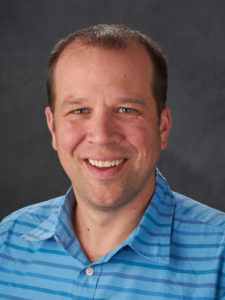
Why Fond du Lac? Ginder-Vogel explained, “They have really interesting geology in their aquifer. The very bottom surface of the aquifer is really uneven and parts of it are very deep where people get water, while other parts are much more shallow where they get water, so there’s just a lot of interesting natural variability.”
He continued, “It’s kind of perfect. It’s like someone set up an experiment for us already. We have all these variations in where the water comes from out of the aquifer and the environments where the water is coming from. So it lets us start to get a handle on all the factors that control naturally occurring contaminants in the water.”
Ginder-Vogel said he’s conducted radium-groundwater research for six years and has come to the realization that there’s often a small amount of radium in most of the Cambrian-Ordovician Aquifer System. “There’s a general background concentration of radium, then, depending on specific and unique factors at individual sites, you can end up above the maximum contaminant level for radium,” he said. “When we, Madeline Gotkowitz (formerly with the Wisconsin Geological and Natural History Survey) and I, got started on this we expected there to be an answer for Wisconsin at least. But really, what we’re discovering, is that it’s an incredibly variable system and really dependent on both well construction and also local structures in the aquifer systems.”
So, understanding one system—Fond du Lac’s—could inform other managers about water conditions and recommendations for where to drill in their own parts of the Badger State based on that comparison and contrast with this county near Lake Winnebago.
When Plechacek joined the effort to understand how the radium and strontium levels change with the geology in Fond du Lac, she also brought another critically important thing—a skill at engaging community members.
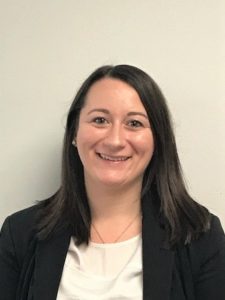
Plechacek composed a water-sampling request letter and distributed it to 40 or so well-owners, eliciting a positive response from about half of the people. Those who agreed were private homeowners or folks managing places like parks, gas stations or hotels.
She termed it an “awesome” experience that enabled her “look at some shallower wells as of a contrasting type of groundwater to these deep municipal wells.” The municipal well samples were collected through collaboration with the Ripon and Fond du Lac water utilities.
Plus, local enthusiasm for the project continued to run high. Even after she had completed her sampling rounds, Plechacek kept hearing from those with the shallower wells who wanted to volunteer to help.
Through an analysis of the samples—pioneered by Sean Scott, assistant scientist at the Wisconsin State Laboratory of Hygiene and a person who Ginder-Vogel described as “incredibly critical” to the project—the team could get quite precise results from the different locations. Scott’s method uses smaller-quantity water samples, allowing for less variability in results, providing a clearer picture of groundwater flow and geochemical conditions at the site.
The team ended up characterizing, Plechacek said, “Three distinct water chemistries. That’s one of the things that water utilities have to consider, the pros and cons of using shallow versus deep groundwater. There’s some contaminants that are likelier to be in shallower water, like nitrate is a big issue. But then with the deeper waters you tend to have more problems with things like radium. There’s a lot of tradeoffs. But I think the study was exciting because it identified the zones of water chemistry in that area.”
Water managers and private owners now have plenty of food for thought. The research will help determine how best to site wells to put the best possible glass of water on Fond du Lac tables, and will offer insights on how to minimize these contaminants in drinking water throughout the state.

